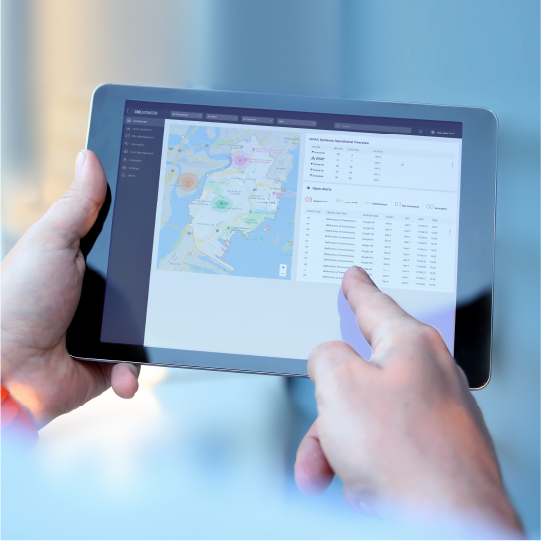Integrating VRF systems can be quite a task - even for professionals, when doing it for the first time. However, learning how VRF systems works and asking the “right” questions can save a lot of hassle during the VRF integration process.
Here, are some tips to get you started:
Tip #1 - Understand HVAC System Components
VRF systems are made up of two different, but equally important, system components: indoor units, and one or more outdoor unit(s).The outdoor unit will (among other things) dictate the operational states and modes, e.g. is the system on/off or set to heat/cool.
The indoor VRF units will work to achieve the individual temperature setpoints for each room and manage the requested fan speeds. The indoor unit will work to achieve the individual comfort requirements for each room (temperature and air flow)
Tip #2 - Control the Controllable
There are a number of functions that Home & Building Automation systems can control for each indoor unit. Many integrators could find these terms confusing.To make sure you’re always clear as to what they mean, we’ve created a list of common controllable functions along with the functionality that they control:
- Operational State -whether the unit is on or off
- Operational Mode
- Temperature Setpoint - The temperature that the unit will attempt to reach
- Fan Speed - Controlling the airflow: High/Low/Medium/Aut
Tip #3 - Don’t Try to Control the Uncontrollable
Don’t waste time attempting to create controls for the outdoor unit(s) - these cannot be controlled. They will only respond to demand, coming from the indoor units. Focus on the indoor units, since they’re the only ones you’ll need to integrate into your VRF system.Tip #4 - Control Each Indoor VRF Unit Through Its Unique Address
When a VRF system is installed, the outdoor unit will automatically assign a unique system address for each indoor unit.Before beginning your integration process, it’s important for you to first write down a list of all the indoor unit addresses along with the corresponding room where it is located. Having this done before starting an integration will make the process much faster and easier for you!
Tip #5 - Set Each Indoor Unit’s Function Independently
Unlike traditional HVAC systems, all VRF indoor unit functions are independently managed. For example, the living room’s air conditioning operational state (on/off), temperature setpoint, and sometimes even operational modes (heat/ cool) will be managed independently of the kitchen and bedrooms.So while you might be used to integrating functions on a systemwide level, you should be careful to make sure you integrate the functions for each unit separately.
Tip #6 - Group VRF Units to Simplify Control
When two or more indoor units are physically linked to work as a group, only the master unit can be controlled.You shouldn’t add any of the slave units into the automation mapping since all of the slave units will ignore any commands received.
Tip #7 - Do Not Confuse “Return Air Temperature” With “Room Temperature”
Usually, the VRF will measure the temperature through a sensor mounted inside the indoor unit. This is often mistakenly interpreted as the actual room temperature.Since hot air rises, a sensor in a ceiling unit could sense a dramatically different temperature from what would be felt closer to the ground. The higher the ceiling, the larger the difference could be.
Tip #8 - Beware Malfunction Notifications
Sometimes, after successfully completing an HVAC integration, the HVAC system does now always automatically respond to the commands given.When an error occurs, the error code notification should appear on the HVAC’s wired remote, but many Home & Building Automation systems do not have the ability to display the error code on the main controller as well.
If your Home & Building Automation system doesn’t allow the errors to be forwarded, it would be a good idea to add in that functionality, as this information can be used by HVAC installers as well as your customers in order to quickly resolve any HVAC related issue.
Tip #9 - No Built in Dual Setpoint for VRF Systems
Traditional HVAC systems (or more specifically, the Thermostats that control them) often use different setpoints for cooling and heating. Most VRF systems function a little differently, where there will usually be a single setpoint used regardless of the operational mode.This is important for you to remember so that you don’t waste time trying to set up multiple setpoints since all you’ll need is one.
Tip #10 - Don’t Overcomplicate HVAC Integrations
Many Home & Building Automation integrators have had a bad experience trying to integrate a VRF HVAC system into their Home or Building Management systems. As a result, they feel as though the process of VRF integration is complex and burdensome.The truth is that these integrations should be incredibly simple . Understanding the VRF system better, knowing what you can and should integrate, can make this process quick, easy and simple.


